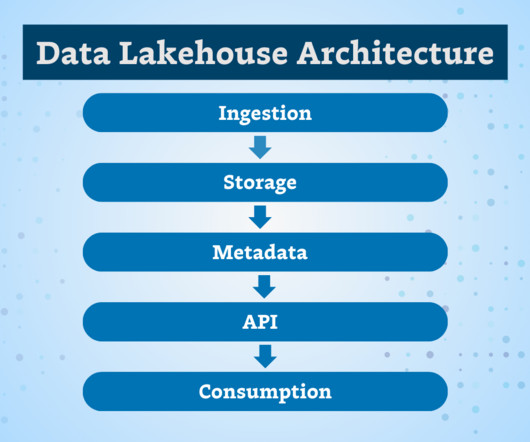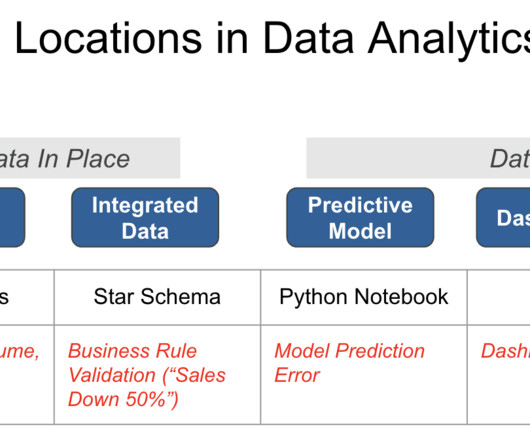Visionary Data Quality Paves the Way to Data Integrity
Precisely
MARCH 14, 2023
And the desire to leverage those technologies for analytics, machine learning, or business intelligence (BI) has grown exponentially as well. But early adopters realized that the expertise and hardware needed to manage these systems properly were complex and expensive. What does all this mean for your business?














Let's personalize your content